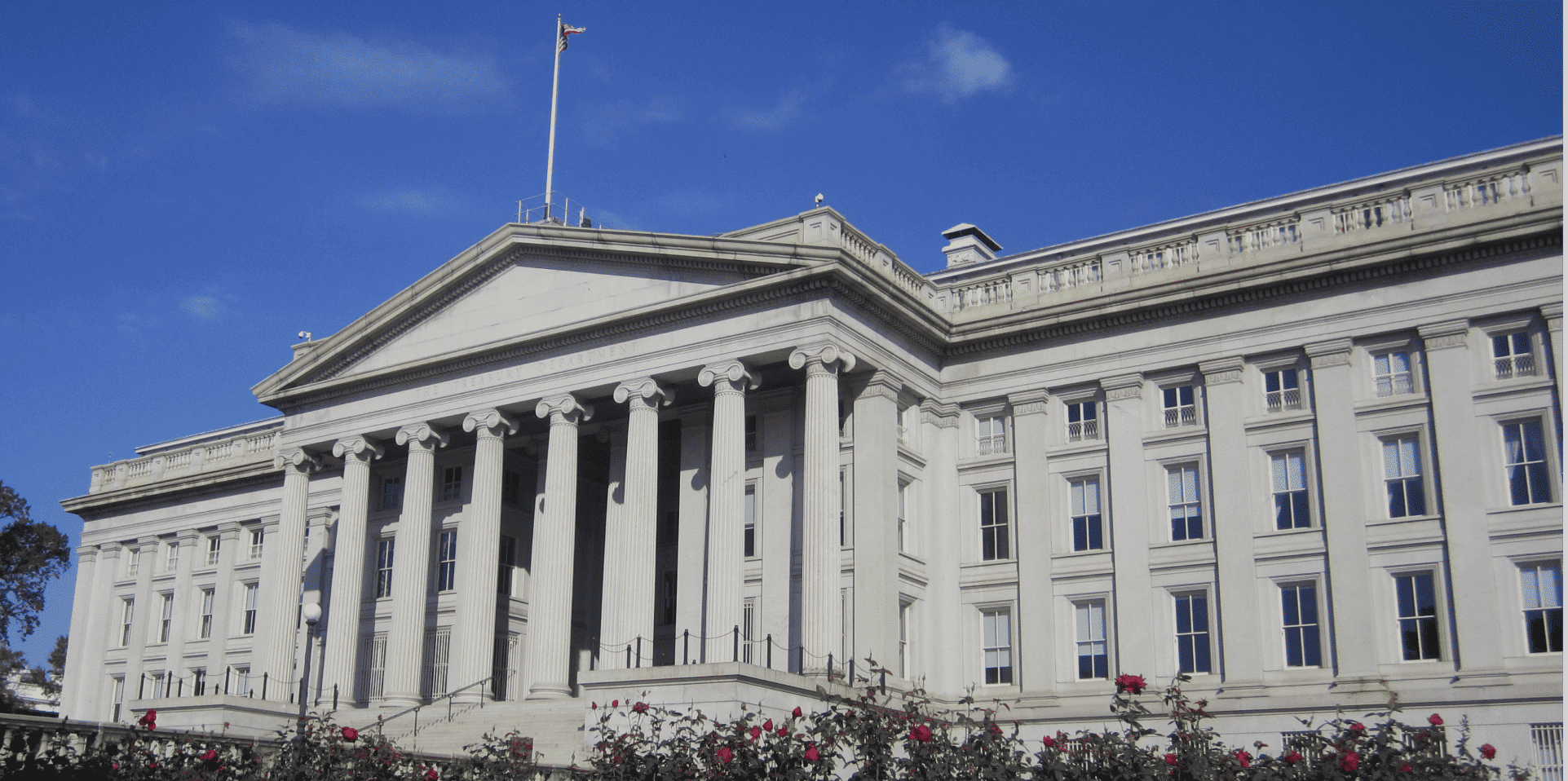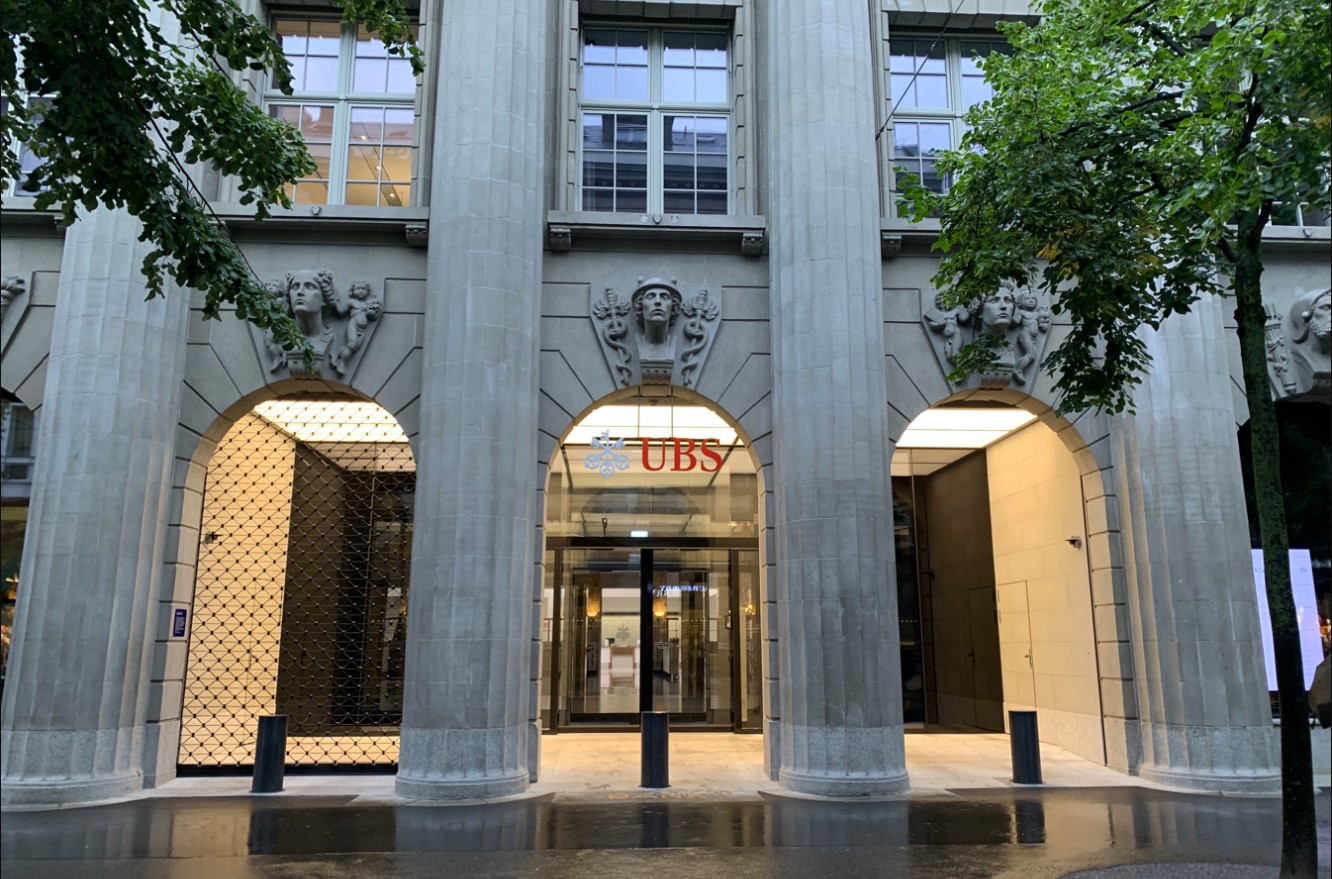
Why 10-year yields are rising despite Fed rate cuts

Prasad Gollakota
20 years: Capital markets & banking
Understanding the dynamics of the U.S. Treasury market

A reduction in the Federal Reserve’s interest rates would generally result in expectations of lower yields on U.S. Treasuries, especially for long-term bonds like the 10-year Treasury note, and a weaker U.S. dollar. This phenomenon occurs because bond yields are fundamentally driven by interest rates, which are fixed at a level designed to achieve formal inflation targets and other economic goals. When the Fed cuts rates, the prices of outstanding Treasuries typically rise (hence yields fall) to take account of the yield differential to lower-yielding new supply, which is priced off the lower interest rates.
However, in recent months, despite the Fed's rate cuts (most recently 50 basis points in September 2024), we have seen the opposite: 10-year Treasury yields have risen – 10-year Treasury yields have surged, exceeding 4.3% in October 2024, their highest since the end of July, having been rising since the day of the rate change where they stood at closer to 3.6%. The U.S. dollar index, a measure of the U.S. dollar’s strength versus 6 other major currencies has also been on the rise, gaining over 3.6% since the end of September. This divergence from the norm signals a unique set of economic and financial conditions that are worth exploring.
Expected mechanisms: Lower Fed rates, lower treasury yields
Typically, when the Fed cuts rates, it does so to stimulate economic growth. Lower rates make borrowing cheaper, incentivising businesses and consumers to spend and invest more. But lower rates also make U.S. assets, such as Treasuries, less attractive because their yields drop in tandem with the Fed’s rates. This lower attractiveness reduces demand for U.S. Treasuries, which usually results in a depreciation of the dollar as investors turn to higher-yielding opportunities elsewhere.
Longer-term yields, such as the 10-year Treasury yield, typically reflect investor expectations for long-term economic growth, inflation, and Federal Reserve monetary policy. When the Fed signals a period of lower rates, it usually suggests a slower economic outlook, which would push long-term yields down. As yields drop, bond prices rise, and the dollar tends to weaken due to reduced international demand for U.S. fixed-income securities.
What's happening now: Rising 10-year yields and a stronger dollar
In the current environment, despite the Fed cutting rates, we are seeing quite the opposite reaction. The 10-year Treasury yield has ticked upward, and the dollar has gained strength in global markets. This dynamic defies typical expectations and reflects a complex set of pressures in the financial landscape:
1. Persistent inflation concerns
Inflation has remained persistently above the Federal Reserve’s 2% target, which has reshaped market expectations. Although the Fed is cutting rates, inflationary concerns mean that investors may still expect rates to remain elevated for longer than they otherwise would in a more typical easing cycle. This sentiment drives up yields on longer-term Treasuries, as investors demand a higher return to offset potential future inflation. The Fed’s recent stance has been that inflation is “transitory,” yet if markets don’t fully agree, long-term yields could remain high as a buffer against perceived inflationary risks.
2. High government debt and deficits
The U.S. government’s fiscal spending has surged, resulting in high deficits. Increased debt issuance to fund these deficits means the U.S. Treasury must offer higher yields to attract buyers, especially if demand from traditional buyers, like foreign central banks, is lower than expected. When the supply of Treasuries increases and demand fails to keep pace, prices fall, leading to a rise in yields. This is especially pertinent for long-term bonds like the 10-year note, where investors require a premium to hold the asset amid high supply and potential inflationary risk.
3. Reduced demand from international buyers
Historically, foreign central banks and investors have been large buyers of U.S. Treasuries. Official sector foreign buyers held USD 3.57trn of US Treasury notes and bonds as of August 2024, for instance. However, geopolitical uncertainties, particularly involving China and other major economies, have led some foreign buyers to reduce their U.S. Treasury holdings. As demand from these traditional sources declines, the Treasury market faces an additional supply-demand imbalance, driving yields upward. Furthermore, a strong dollar exacerbates this trend, as it makes U.S. Treasuries more expensive for foreign investors, reducing their appetite further.

4. Quantitative tightening and fed balance sheet adjustments
The Fed’s quantitative tightening (QT) efforts, or the reduction of its bond holdings, also play a role in influencing yields. While the Fed is cutting rates, it is also reducing its holdings of Treasuries and mortgage-backed securities. This process removes a significant buyer from the market, which leads to upward pressure on yields as the market adjusts to the reduced demand. Unlike traditional rate cuts, where the Fed actively stimulates demand through buying assets, QT has an opposite effect by reducing liquidity in the Treasury market and effectively increasing yields.
5. Global economic uncertainty and ‘safe haven’ demand for the dollar
The U.S. dollar has strengthened against other currencies, even with Fed rate cuts, due to its status as a “safe haven” currency amid global economic uncertainties, in the same way as US Treasuries are considered a risk-free global asset, a particularly important factor in fragile geopolitical environments. Issues such as slower growth in the eurozone and in other developed countries, political and geopolitical tensions, and concerns over emerging markets make the dollar relatively attractive. A stronger dollar tends to deter foreign investment in U.S. Treasuries, as foreign investors need more of their currency to purchase dollar-denominated assets. Additionally, a strong dollar places further upward pressure on yields since the demand from international buyers is not as robust, requiring higher yields to attract sufficient demand.
The Fed’s communication strategy and market reactions
Another important factor is the Fed’s communication regarding future economic conditions and rate policy. While the Fed may be cutting rates, it has been cautious in signalling that rates will remain low for an extended period. This “data-dependent” language and reluctance to commit to a more extended period of easing leaves the market to interpret the Fed’s actions as temporary. This view can increase expectations that the Fed may revert to rate hikes sooner than expected if inflation remains above target or if other economic indicators improve.
This uncertainty about future Fed actions has contributed to an inverted yield curve at times (when short-term rates exceed long-term rates), a phenomenon that typically indicates expectations of economic slowing. Paradoxically, though, as the Fed cuts short-term rates, the lack of a clear, extended easing signal can lead investors to demand higher yields on longer-term bonds to compensate for the uncertainty.
Potential implications of this unusual dynamic
The current dynamics in the U.S. Treasury market may have a range of implications:
Higher borrowing costs for the government
Rising long-term yields translate to higher borrowing costs for the U.S. government. As the Treasury issues more debt to finance its fiscal deficit, these higher yields could increase the interest burden on the national debt, potentially crowding out other spending priorities or pressuring future budgets.
Impact on consumers and buinsesses
Elevated 10-year yields can lead to higher borrowing costs for consumers and businesses, particularly in areas such as mortgages and corporate debt. This could dampen economic activity, counteracting some of the stimulative effects the Fed aims to achieve through rate cuts.
Portfolio reallocation and market volatility
Rising yields may prompt investors to rebalance their portfolios, moving away from stocks and into bonds, which could introduce volatility into the stock market. Additionally, a strong dollar can affect US corporate earnings, as it makes U.S. exports more expensive abroad and reduces the value of foreign revenue.
Conclusion: A unique intersection of forces
The divergence in the U.S. Treasury market is the result of an unusual confluence of factors, including persistent inflation concerns, high government debt levels, quantitative tightening, and a strong U.S. dollar driven by safe-haven demand. Together, these dynamics are contributing to rising yields on 10-year Treasury notes and a strengthening dollar despite Fed rate cuts.
This environment underscores the complexity of monetary policy in a globalised and interconnected financial system, where traditional mechanisms do not always yield traditional results. As we move forward, careful observation of Fed actions, fiscal policy, and global economic trends will be crucial in understanding and navigating these unique dynamics.

Prasad Gollakota
Share "Why 10-year yields are rising despite Fed rate cuts" on
Latest Insights

UBS and Switzerland: Capital hikes are not the right tool for the job
15th October 2025 • Prasad Gollakota

Trade deals & trade wars: The regional impact
23rd May 2025 • Adrian Pabst and Eliza da Silva Gomes





























